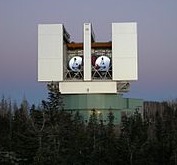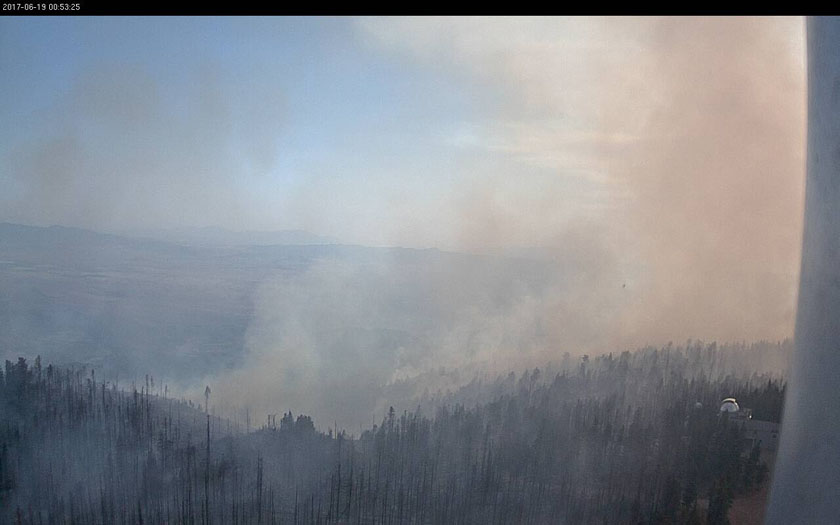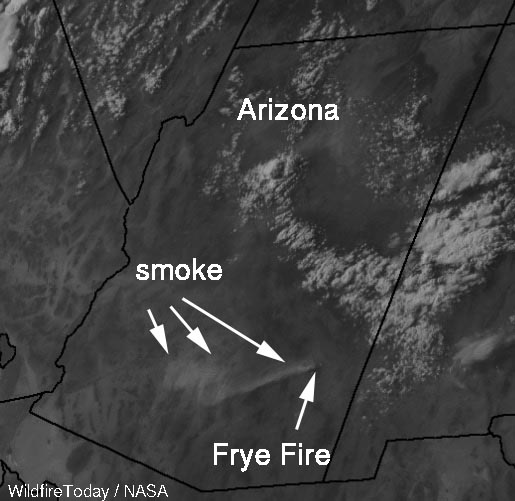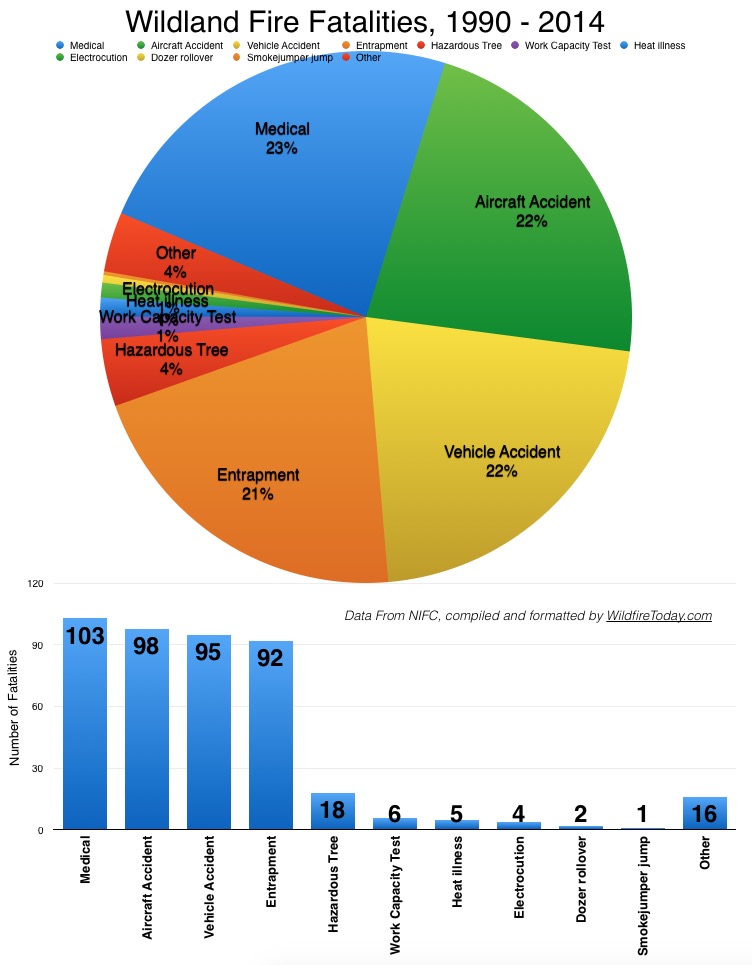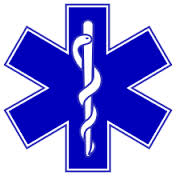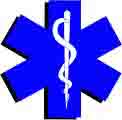 As we reported earlier Sunday, on Saturday June 17 the Inciweb page for the Frye Fire in southwestern Arizona included this statement:
As we reported earlier Sunday, on Saturday June 17 the Inciweb page for the Frye Fire in southwestern Arizona included this statement:
21 additional personnel with unknown illness were demobilized.
It turns out that the illness was strep throat. According to the Tucson News 45 people at the fire have been treated for the disease, also known as streptococcal pharyngitis.
This is being handled as an “incident within an incident”, with a separate Incident Commander and staff managing the situation, which allows the primary firefighting personnel to continue to perform their usual duties.
Below is an excerpt from the Tucson News, dated June 18:
…A medical group was created with doctors and nurses being brought to the Safford area to help with the strep throat outbreak.
[Information Officer Evan] Burks said antibiotics were administered and the affected fire personnel were quarantined, but will not be sent home.
“We have not released those resources. They’re still here. But we have separated them from the healthy firefighters,” Burks explained. “The antibiotics start working within 24 hours, and it looks like the firefighters are getting healthy pretty quickly here. Once they’re healthy, and good to go, they’ll be back to work [on the Frye Fire].”
Medical personnel have identified those with strep throat and they are taking “extra precautions to wash hands, and stay healthy,” Burks explained. “That’s always the number one priority, to keep our firefighters healthy. But there is always that risk out there.”
If the statement in the June 17 Inciweb report is true, that 21 personnel were released with an unknown illness, possibly strep throat, they could be unknowingly infecting their families or coworkers.
Strep throat affects about 3 million people in the U.S. each year. It is treatable by a medical professional and often requires lab tests or imaging. With treatment it is usually resolved within days or weeks. Common symptoms include sore throat, fever, and swollen lymph nodes in the neck. Rarely, complications can involve the heart or kidneys. Treatment is important to reduce complications.
As of Saturday night the Frye Fire had burned about 9,000 acres 8 miles southwest of Safford.
More information about the Frye Fire.
Thanks and a tip of the hat go out to Tom.
Typos or errors, report them HERE.


